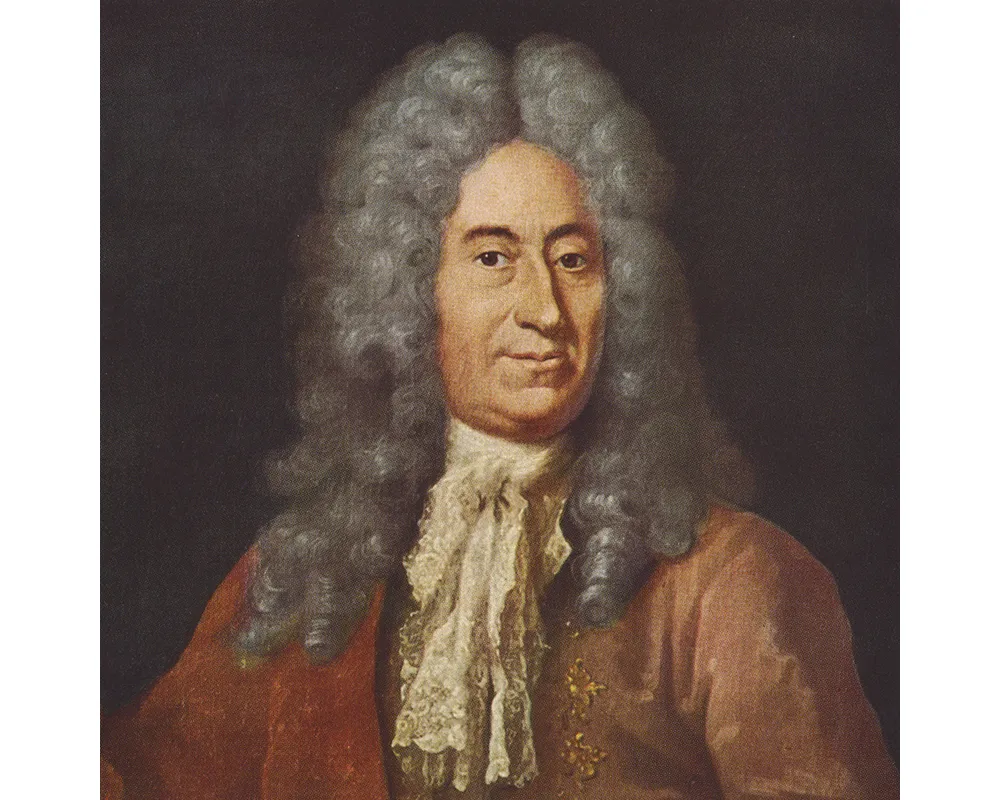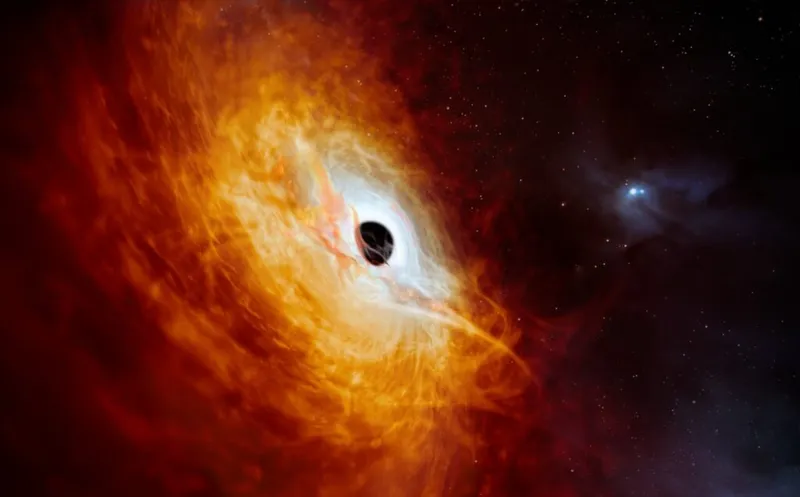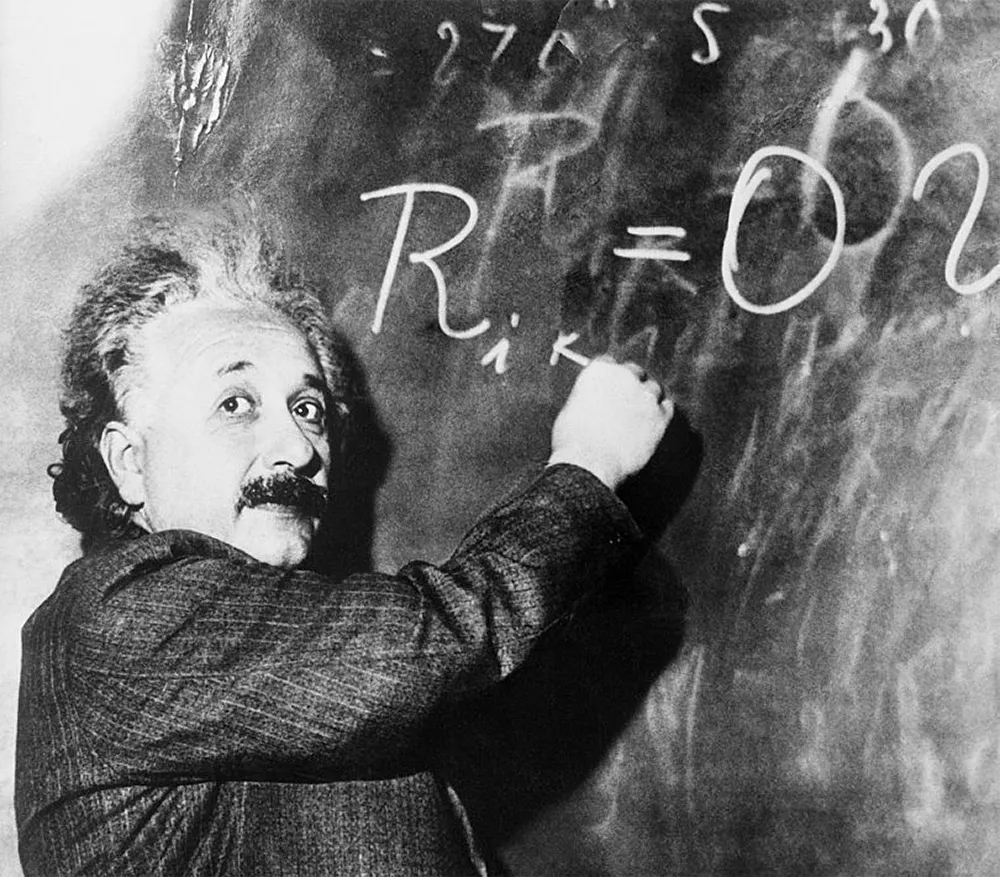The speed of light is more than a million times faster than a passenger airplane, so you have to admire anyone who finds a way to measure it.
We know that the early Universe expanded faster than light, and yet it's impossible to travel at the speed of light.
So who were the first scientists to measure the speed of light, and why are scientists so concerned with it?
What does our knowledge of the speed of light tell us about the Universe?

A history of the speed of light
For centuries, people assumed light was instantaneous, travelling across space with infinite speed.
The Arab mathematician and physicist Alhazen in the 11th century and Englishman Roger Bacon in the 13th century were among the first to say that, although light might be swift, it still requires time to travel between A and B.
But light in a vacuum travels about a million times faster than sound in air, so it takes tremendous ingenuity to pin down its speed.
Ole Rømer, Jupiter and the speed of light

The first person with that ingenuity was the Danish astronomer Ole Christensen Rømer.
In the 1670s he discovered that Jupiter’s moons took 11 minutes longer to orbit when Earth was at its greatest distance from Jupiter than when it was at its closest.
Ole Christensen Rømer’s idea was to time light crossing a known distance. Since light spans terrestrial distances too quickly for clocks to measure, the 17th century Danish astronomer looked to the night sky.
Imagine there is a clock out in space that strikes midday when the Earth is closest to the clock in its orbit around the Sun.

Six months later, when the Earth is at its farthest, the clock’s strike is delayed, because the light has to travel across the diameter of the Earth’s orbit.
Rømer’s genius was to find a celestial ‘clock’ in the form of Jupiter and its moons.
Instead of the striking of midday he used the instant at which moon Io went behind Jupiter.
In 1676, he found that such eclipses were delayed by 22 minutes (the modern estimate is 16 minutes 40 seconds).
Combining this with an estimate of the diameter of Earth’s orbit around the Sun, he calculated the speed of light as 225,000 kilometres per second.
Refining the speed of light

Rømer’s measurement of the speed of light was accepted only when confirmed by James Bradley in 1729.
His idea was to measure the speed of light relative to something else fast – the speed of the Earth as it orbited the Sun.
Earth’s motion changed the apparent direction at which light arrived from stars, just as running through rain changes its direction.
Bradley measured the change – the shift in position of stars – and concluded that light travelled at 298,000 kilometres per second, almost exactly right.

Then in the 19th century, Albert Michelson and Edward Morley discovered that the speed of light in a vacuum is fixed and unvarying, and this became the cornerstone of Einstein’s special theory of relativity.
Since 1983, the speed of light has been fixed by international agreement at 299,792,458 metres per second, mainly because the metre has been defined as the distance light travels in 1/299,792,458 seconds.
Consequently, every ruler can trace its length back to the speed of light, and the speed of light is a defined quantity that can no longer be debated.
Is the speed of light really constant?

According to Einstein’s special theory of relativity, the speed of light is a constant. However, this is merely because Einstein postulated that it was.
It is one of two basic assumptions on which Einstein built his revolutionary theory of space and time.
In fact, the speed of light is not a fundamental constant of nature, but depends on other fundamental constants, such as the ‘fine structure constant’, which determines the strength of the interaction between light and matter.
If it were different, the speed of light would also have been different.
Incredibly, it does appear to have been different a long time ago. The fine structure constant determines the characteristic wavelength of light emitted by atoms – their fingerprint, if you like.
In 1998, a team of astronomers from the University of New South Wales in Australia and the University of Sussex in England reported that it had found subtle differences between the fingerprints of atoms at different times.

Atoms of a particular element on Earth today and atoms of the same element in quasars that are about 10 billion years old emitted different wavelengths of light.
If the light given out by atoms was different 10 billion years ago, it can only mean that the fine structure constant must also have been different.
In fact, the observations do show that it was several parts in 100,000 times smaller than what it is today. In turn, this means the speed of light was slightly different as well.
To date, nobody has shown the observations to be erroneous or been able to give a satisfactory explanation about why the values of the fundamental constants could have changed.
However, this could be hinting at the existence of extra space dimensions: in theories with extra dimensions, the fundamental constants of nature depend on the size of the dimensions, which are free to change.
Einstein, relativity and the speed of light

At the age of 16, Albert Einstein imagined riding alongside a light beam. Light is an electromagnetic wave – a ripple in the electric and magnetic force fields that pervade space.
Now, if you’re driving on a motorway and you ride alongside another car at the same speed, it will appear to be stationary.
The prediction of the laws of motion of Galileo and Newton therefore say that, if you ride alongside a light wave, it should appear stationary.
However, there is no such thing as a stationary electromagnetic wave according to James Clerk Maxwell’s theory of electromagnetism.
Einstein was intrigued by this paradox and worked on resolving it.
Einstein’s act of courage was to ditch the work of Galileo and Newton and to embrace Clerk Maxwell.
You can never catch up with a light beam, Einstein said, because if you did, you would see something impossible.
Something that you can never catch may as well be travelling at an infinite speed.
And something moving with infinite speed would appear to be travelling at infinite speed no matter how fast you or its source were moving – it always appears to be constant.
Of course, the speed of light isn’t actually infinite, but if nothing can travel faster than it, it plays the role of infinite speed in our Universe.
